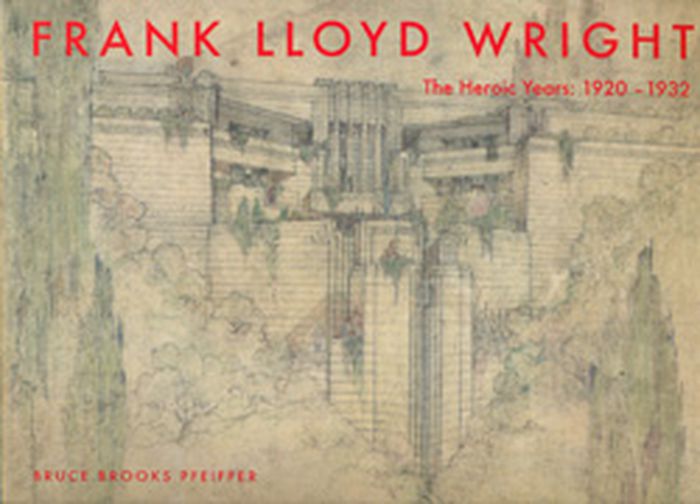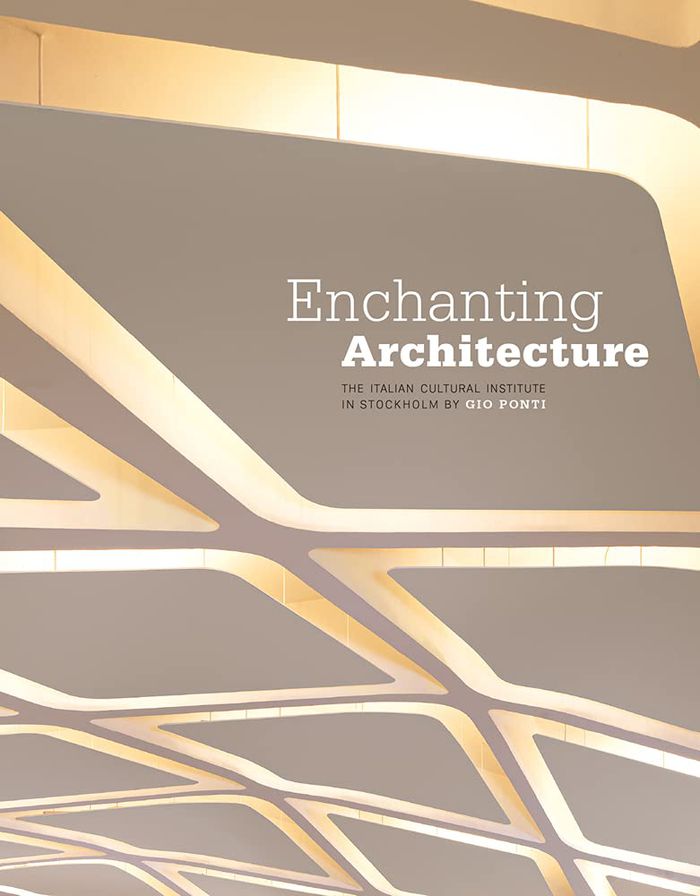$24.95
(available to order)
Summary:
After a meteoric rise, China today is one of the world’s most powerful nations. Just a century ago, it was a crumbling empire with literacy reserved for the elite few, as the world underwent a massive technological transformation that threatened to leave them behind. In Kingdom of Characters, Jing Tsu argues that China’s most daunting challenge was a linguistic one: the(...)
Kingdom of characters: The language revolution that made China modern
Actions:
Price:
$24.95
(available to order)
Summary:
After a meteoric rise, China today is one of the world’s most powerful nations. Just a century ago, it was a crumbling empire with literacy reserved for the elite few, as the world underwent a massive technological transformation that threatened to leave them behind. In Kingdom of Characters, Jing Tsu argues that China’s most daunting challenge was a linguistic one: the century-long fight to make the formidable Chinese language accessible to the modern world of global trade and digital technology. 'Kingdom of characters' follows the bold innovators who reinvented the Chinese language, among them an exiled reformer who risked a death sentence to advocate for Mandarin as a national language, a Chinese-Muslim poet who laid the groundwork for Chairman Mao’s phonetic writing system, and a computer engineer who devised input codes for Chinese characters on the lid of a teacup from the floor of a jail cell. Without their advances, China might never have become the dominating force we know today.
Graphic Design and Typography
$54.95
(available to order)
Summary:
Vanessa R. Schwartz engagingly presents the jet plane’s power to define a new age at a critical moment in the mid-20th century, arguing that the craft’s speed and smooth ride allowed people to imagine themselves living in the future. Exploring realms as diverse as airport architecture, theme park design, film, and photography, Schwartz argues that the jet created an(...)
Jet age aesthetic: the glamour of media in motion
Actions:
Price:
$54.95
(available to order)
Summary:
Vanessa R. Schwartz engagingly presents the jet plane’s power to define a new age at a critical moment in the mid-20th century, arguing that the craft’s speed and smooth ride allowed people to imagine themselves living in the future. Exploring realms as diverse as airport architecture, theme park design, film, and photography, Schwartz argues that the jet created an aesthetic that circulated on the ground below. Visual and media culture, including Eero Saarinen’s airports, David Bailey’s photographs of the jet set, and Ernst Haas’s experiments in color photojournalism glamorized the imagery of motion. Drawing on unprecedented access to the archives of The Walt Disney Studios, Schwartz also examines the period’s most successful example of fluid motion meeting media culture: Disneyland. The park’s dedication to “people-moving” defined Walt Disney’s vision, shaping the very identity of the place. The jet age aesthetic laid the groundwork for our contemporary media culture, in which motion is so fluid that we can surf the internet while going nowhere at all.
Design, Periods and Styles
$75.00
(available to order)
Summary:
A room’s acoustic character seems at once the most technical and the most mystical of concerns. Since the early Enlightenment, European architects have systematically endeavored to represent and control the propagation of sound in large interior spaces. Their work has been informed by the science of sound but has also been entangled with debates on style, visualization(...)
Echo's chambers: architecture and the idea of acoustic space
Actions:
Price:
$75.00
(available to order)
Summary:
A room’s acoustic character seems at once the most technical and the most mystical of concerns. Since the early Enlightenment, European architects have systematically endeavored to represent and control the propagation of sound in large interior spaces. Their work has been informed by the science of sound but has also been entangled with debates on style, visualization techniques, performance practices, and the expansion of the listening public. Echo’s Chambers explores how architectural experimentation from the seventeenth through the mid-twentieth centuries laid the groundwork for concepts of acoustic space that are widely embraced in contemporary culture. It focuses on the role of echo and reverberation in the architecture of Pierre Patte, Claude-Nicolas Ledoux, Carl Ferdinand Langhans, and Le Corbusier, as well as the influential acoustic ideas of Athanasius Kircher, Richard Wagner, and Marshall McLuhan. Drawing on interdisciplinary theories of media and auditory culture, Joseph L. Clarke reveals how architecture has impacted the ways we continue to listen to, talk about, and creatively manipulate sound in the physical environment.
Architectural Theory
(available to order)
Summary:
Frank Lloyd Wright’s wife, Olgivanna, is famously quoted as saying that "My husband seemed to thrive on hardships." From the years 1920 to 1932 Wright’s fortunes were at a low ebb; he was plagued by financial, personal, and professional setbacks, but saw the time as one of challenges instead of one of defeat. Unable to find patrons, his imagination led to visionary, often(...)
Frank Lloyd Wright: the heroic years: 1920-1932
Actions:
(available to order)
Summary:
Frank Lloyd Wright’s wife, Olgivanna, is famously quoted as saying that "My husband seemed to thrive on hardships." From the years 1920 to 1932 Wright’s fortunes were at a low ebb; he was plagued by financial, personal, and professional setbacks, but saw the time as one of challenges instead of one of defeat. Unable to find patrons, his imagination led to visionary, often splendid, architectural conceptions that laid the groundwork for the revolutionary architecture he would build in the decades to follow. During this period he designed almost fifty projects, of which only a few were realized, but those few are seen today as among his most important creations. They include the majestic Imperial Hotel in Tokyo, four exquisite textured concrete block houses in Los Angeles, renovations and additions to his beloved home, Taliesin, in Wisconsin, the Octillo Desert Camp in Chandler, Arizona, and his work as design consultant for the lavish Arizona Biltmore Hotel and Cottages in the desert in Phoenix. Rare and unseen photos as well as little-known drawings from this period are on lavish display in this important work on the master architect.
Architecture Monographs
$67.50
(available to order)
Summary:
This book celebrates, by way of a dual narrative, the Italian Cultural Institute in Stockholm, designed and furnished by Gio Ponti to a commission from Carlo Maurilio Lerici. The essays aim to examine the events linked to the commission of the project itself, and to the planning and realization of the building together with its interior design. The volume contains a(...)
Enchanting architecture: Gio Ponti's Italian Cultural institute in Stockholm
Actions:
Price:
$67.50
(available to order)
Summary:
This book celebrates, by way of a dual narrative, the Italian Cultural Institute in Stockholm, designed and furnished by Gio Ponti to a commission from Carlo Maurilio Lerici. The essays aim to examine the events linked to the commission of the project itself, and to the planning and realization of the building together with its interior design. The volume contains a selection of images taken from the Institute's historical archive, as well as a new photographic reportage on the architectural and design elements featured in this building. It is well-known that Ponti took a great interest in Sweden (suffice it to think of all the space that was devoted to Swedish design in the pages of the magazine Domus from the early 1950s), yet it is fascinating to learn more and find answers regarding the dynamics that lay behind the making of this structure. Indeed, Gio Ponti managed to surpass the Swedish architect Ture Wennerholm's original idea, to breathe life into a project where the spaces, albeit organized according to function, succeed one another in a harmonious play of broken lines and different hues. Assisting him in the task were Pier Luigi Nervi and Ferruccio Rossetti. Gio Ponti gave life to a "classical modern" project in which art and architecture merge, proof that he had overcome the limits that were set by the trends characterizing that day and age. In so doing, he laid the groundwork for a new course in the cultural relations between Italy and Sweden.
Architecture Monographs




